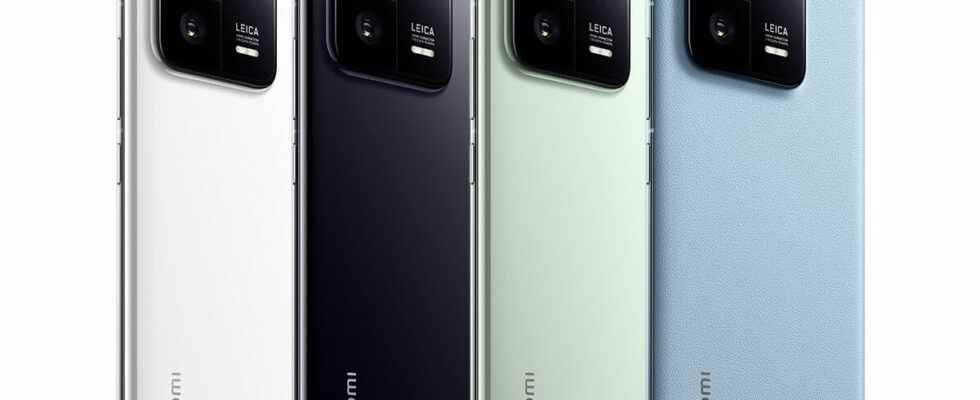Xiaomiannounced its latest flagship series – Xiaomi 13 and 13 Pro. Both phones are Qualcomm’s latest and greatest based on TSMC’s 4nm manufacturing process. Snapdragon 8 Gen 2 It works on chipset. Perhaps more importantly, the two devices offer a significant upgrade in the camera department and have a new design. They’re only launching in China for now, but we expect them to be released worldwide soon.
Without further ado, let’s look at the technical features of the phones in detail.
Xiaomi 13 pro
It may seem a little strange to you, but the screen of the Xiaomi 13 Pro has hardly changed. Xiaomi 12 Pro had a 6.73-inch screen and we are facing a phone with almost the same features. These include 120 Hz variable refresh rate, 1440 x 3200 pixel resolution, HDR10+, Dolby Vision, HLG and 1920 Hz DC dimming against aggressive PWM as it is an LTPO panel. The display also has an ambient color temperature sensor that allows it to adjust the color temperature on the fly.
The only upgrade here is the advertised maximum and peak brightness. While the new 13 Pro’s display can illuminate the entire surface area with 1,200 nits, the peak brightness increase can reach 1,900 nits during HDR video playback, for example.
The aforementioned Snapdragon 8 Gen 2 is paired with LPDDR5X memory and next-gen UFS 4.0 storage.
As for the cameras, the Xiaomi 13 Pro once again has a triple 50MP setup on the back, but there are notable upgrades. Xiaomi 12S Ultra‘s renowned 1-inch Sony IMX989, 1.6µm sensor is now paired with a Leica-branded lens with f/1.9 aperture and Hyper OIS.
The telephoto camera also gets a solid upgrade. It’s still 50MP, but with 3x zoom distance and a Leica Floating Lens element, but with a slightly smaller f/2.0 aperture. The interesting thing is that it has a close focus distance of only 10 cm.
The ultra-wide doesn’t have any new tech – it’s the old successful 50MP, f/2.2, 14mm unit with macro support, which means AF is supported.
The battery increases slightly to 4,820 mAh and is paired with Xiaomi’s Surge G1 chip, providing safe 120W wired charging and 50W wireless charging. There’s also the usual 10W reverse wireless charging. There is nothing new here.
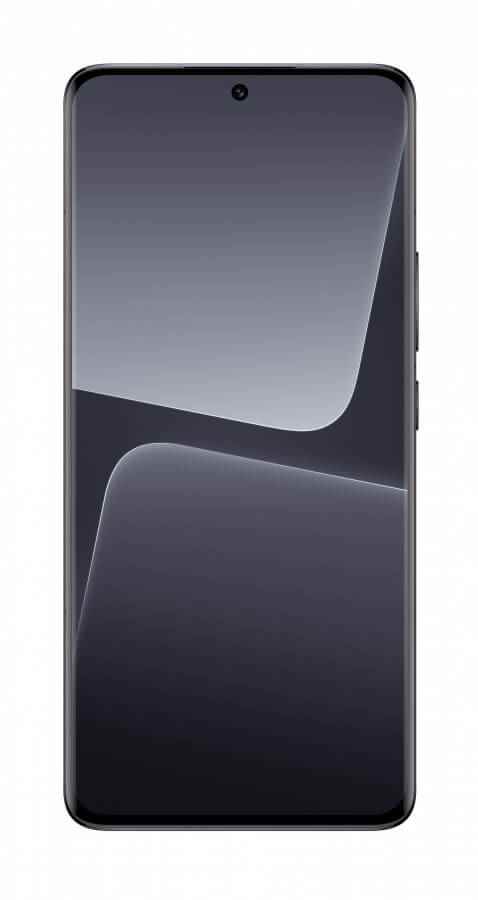
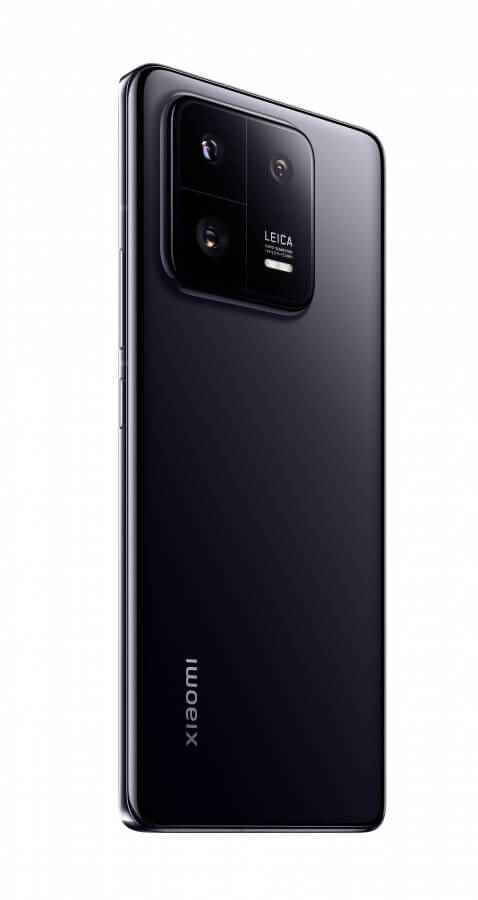
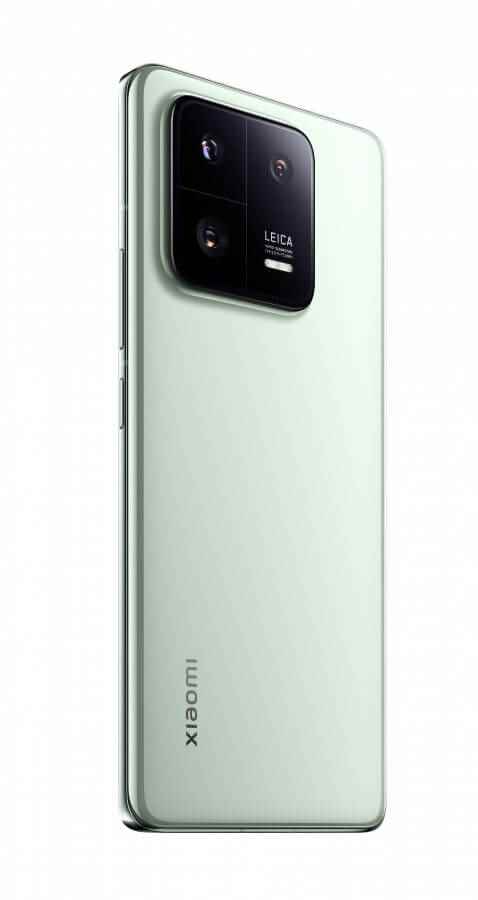
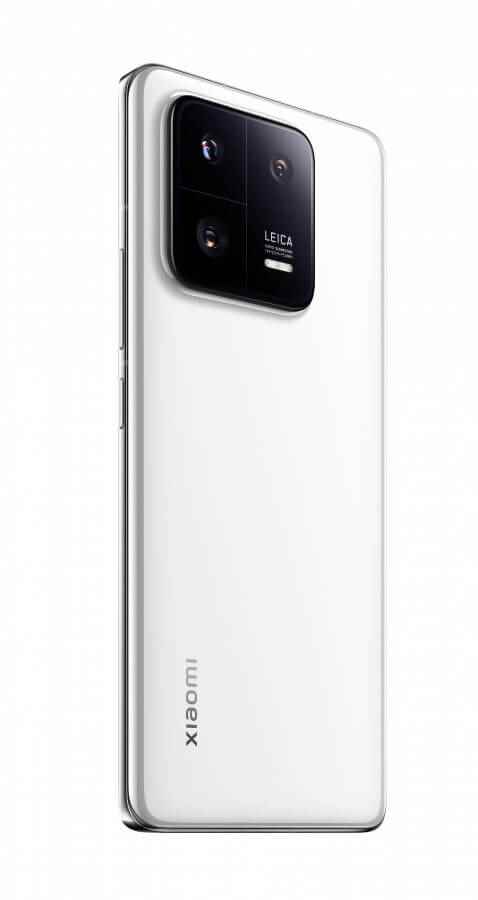
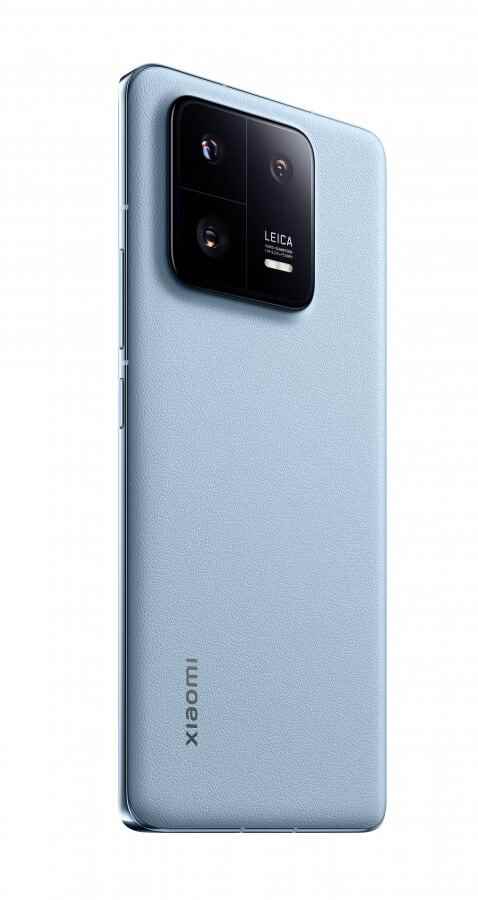
Other features include Dolby Atmos-tuned stereo speakers with Dolby’s new head tracking, IR blaster, and of course IP68 dust and water protection, a new addition to Xiaomi’s mainstream flagship lineup.
The device comes in four paint variants with a ceramic back cover design – White, Black, Green and a kind of Light Blue. Finally, the camera island is now square with oval corners.
Xiaomi 13
The screen of the Xiaomi 13 is now slightly larger, measuring 6.36″ diagonally and basically having the same specifications as before – 1080 x 2400 pixel resolution, 120 Hz refresh rate, support for Dolby Vision, HDR10+ and HLG, and an ambient color temperature sensor. However, the OLED panel 13 Pro’s maximum and peak brightness match 1,200 and 1,900 nits, respectively.
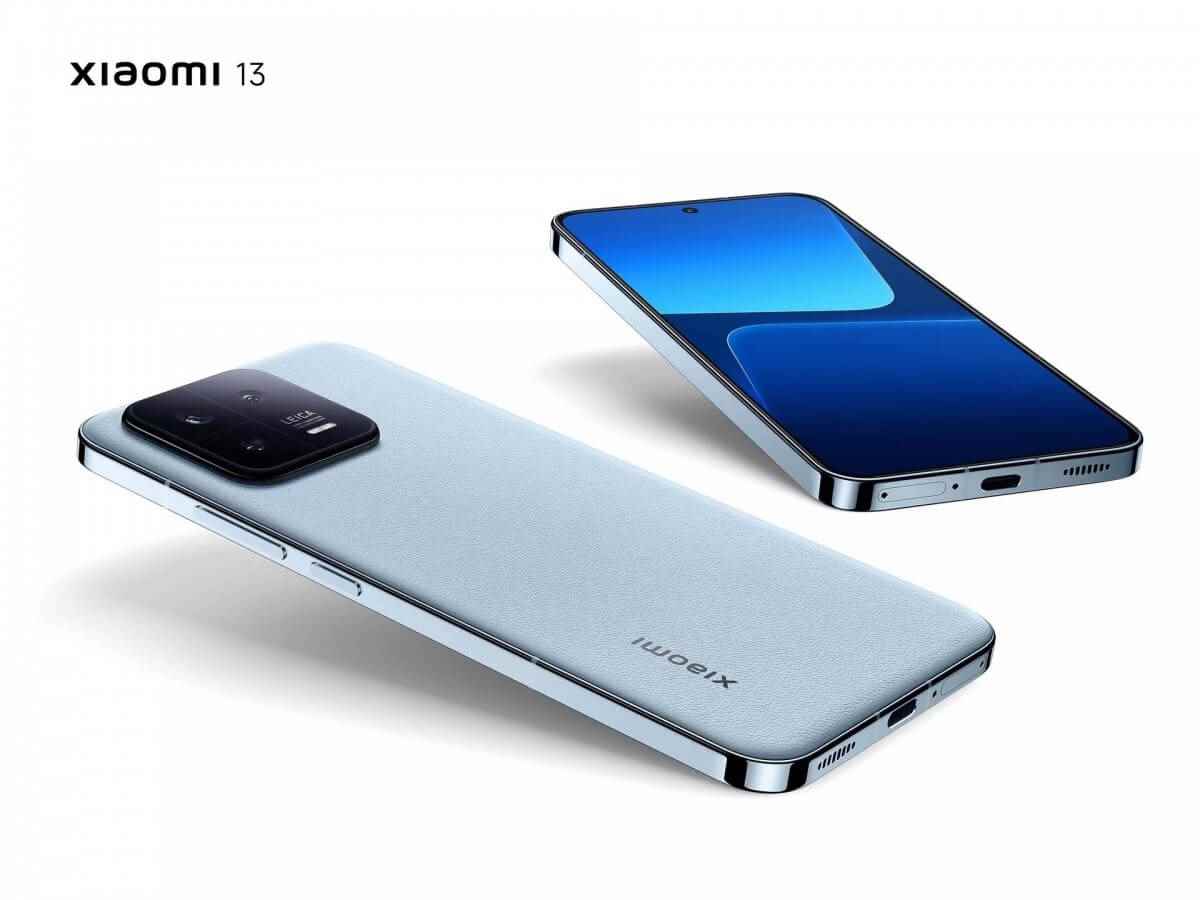
The rear camera setup also has the Leica app on all its cameras. The main unit is 50 MP, f/1.8, 23mm, 1/1.56″, 1.0µm and Hyper OIS supported. More importantly, now Xiaomi 12We have a decent telephoto, which is the main drawback of the . 10MP OIS supported Leica lens, f/2.0 aperture and native 3x zoom camera Ultra wide is now 12MP with f/2.2 aperture and probably no autofocus support.
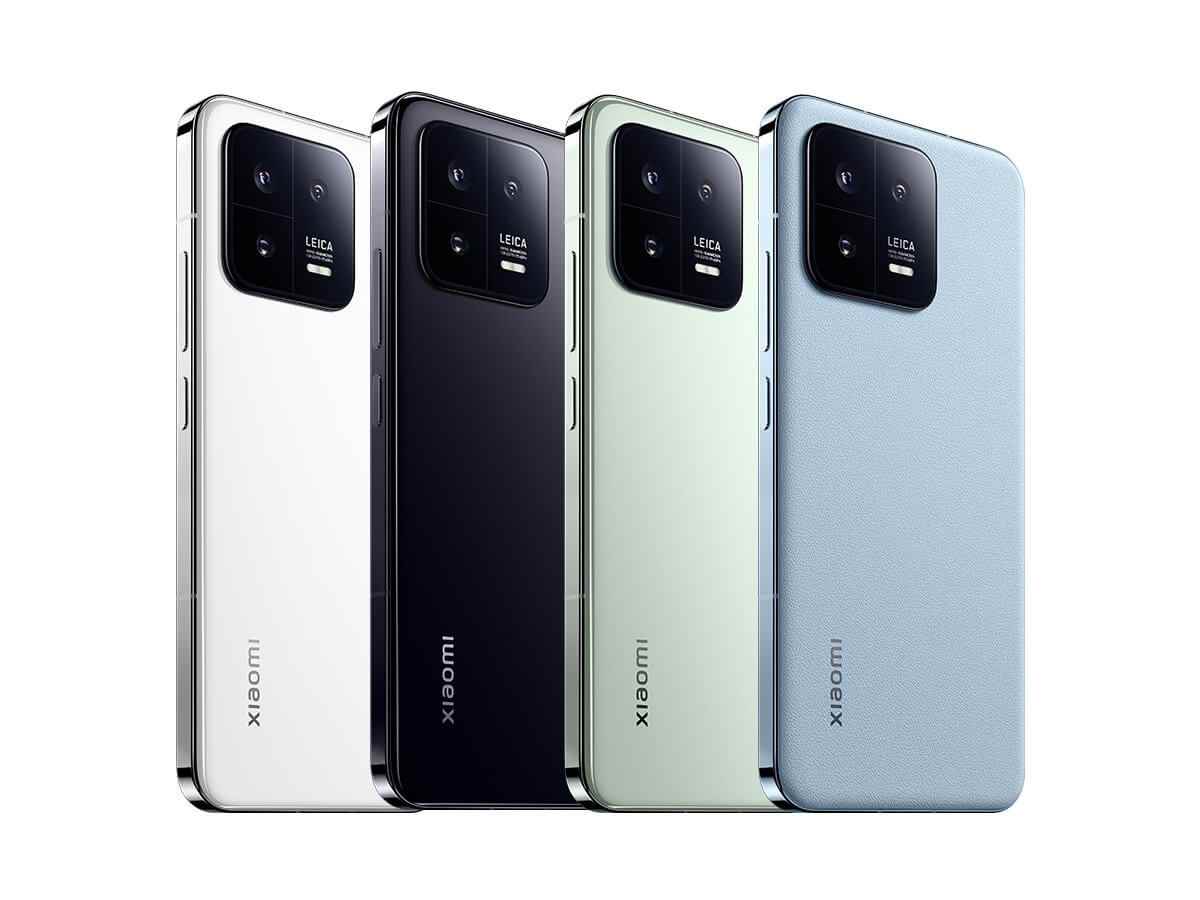
The battery setup is also the same – a 4,500mAh cell capable of 67W fast wired charging, 50W wireless charging and 10W reverse wireless charging.
Bonus features of the Xiaomi 13 also include Dolby Atmos stereo speakers with Dolby Head Tracking, IR blaster and IP68 certification against water and dust.
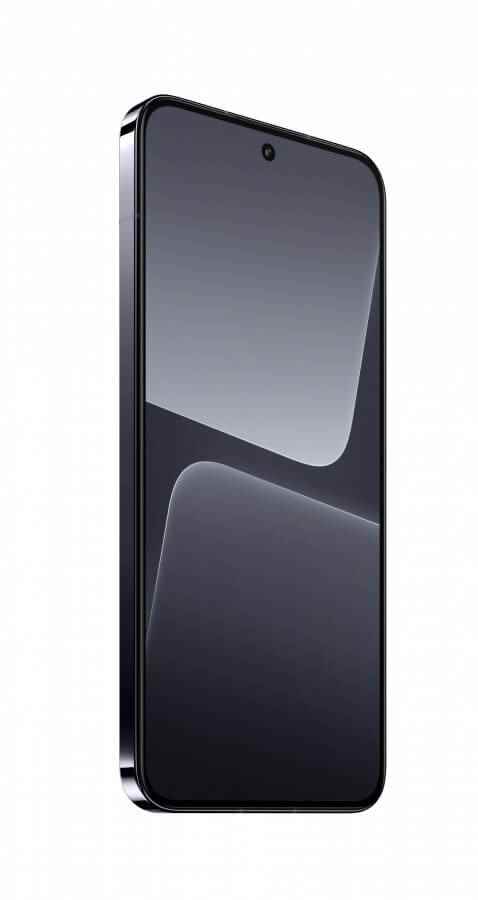
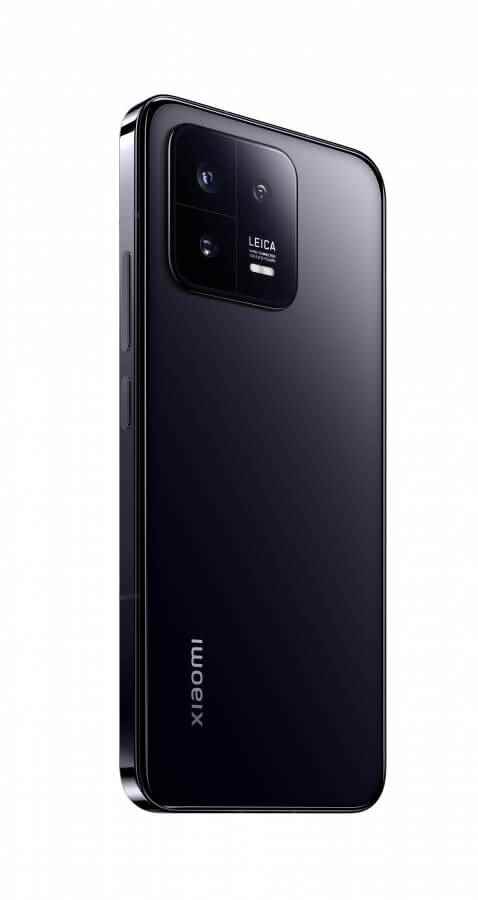
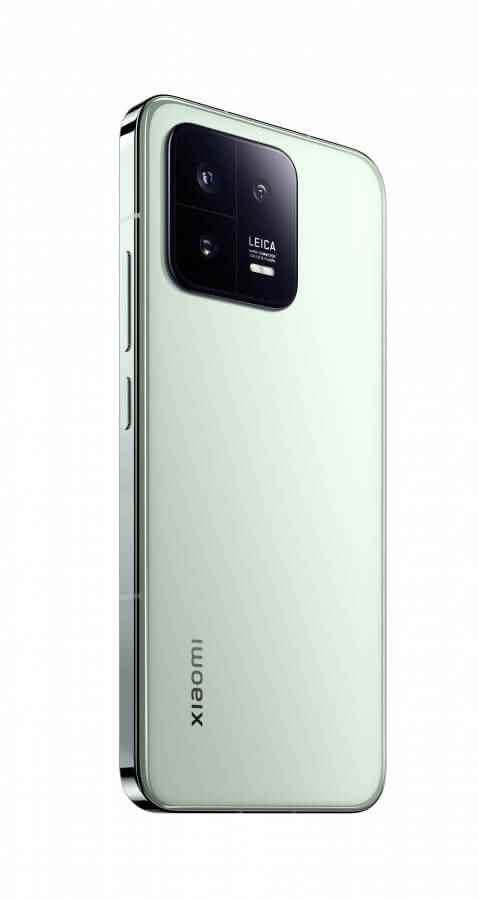
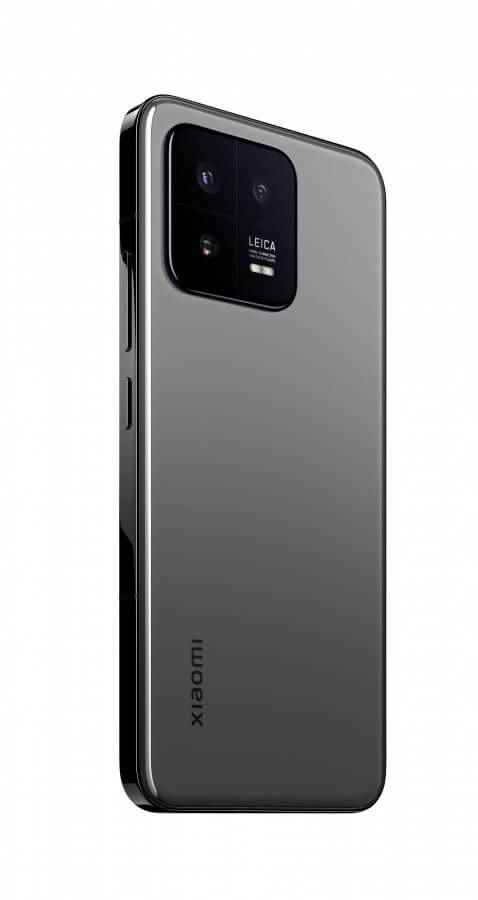

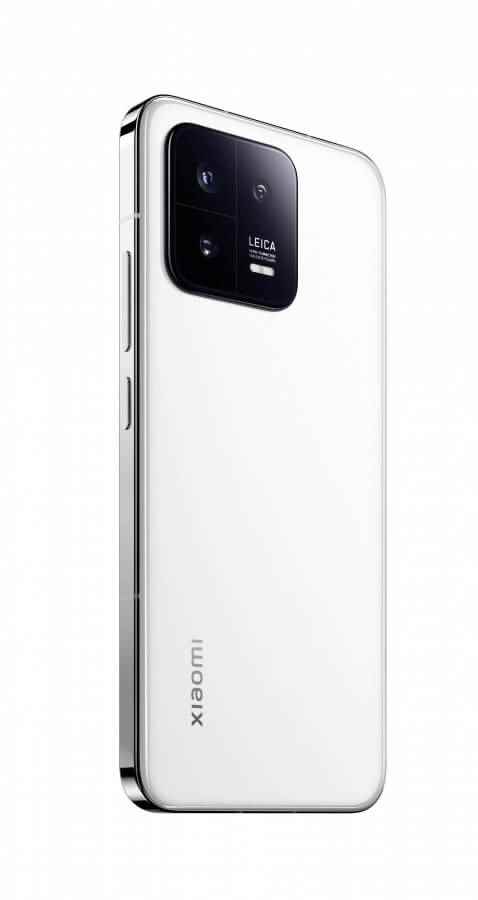
Unlike the Pro, its regular version makes do with standard glass on the back cover and comes in Black, Light Green, Light Blue, Gray and White. Additional flashy colors are also available – Red, Yellow, Green and Blue, but only the Light Blue option is made of leather, just like the Pre. And while the rear design of the camera island is the same as the 13 Pro, the regular 13 stands out for its glossy, flat side bezel with an iPhone-like design.
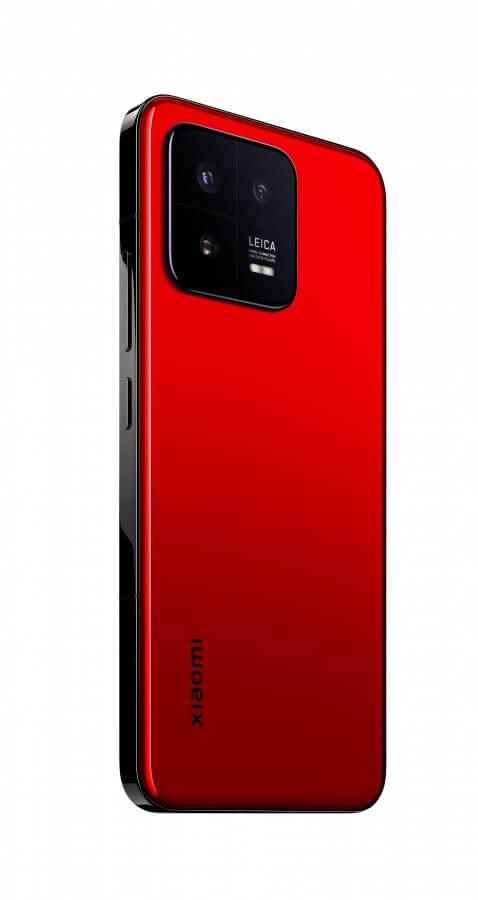
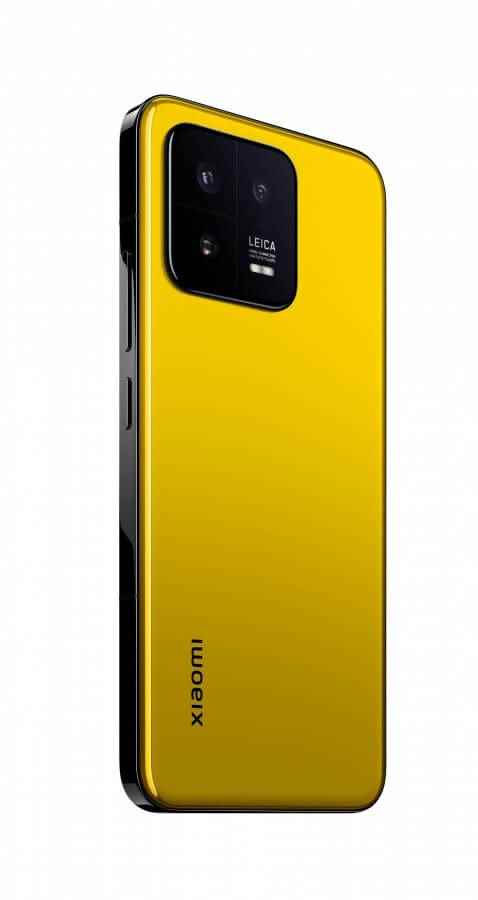
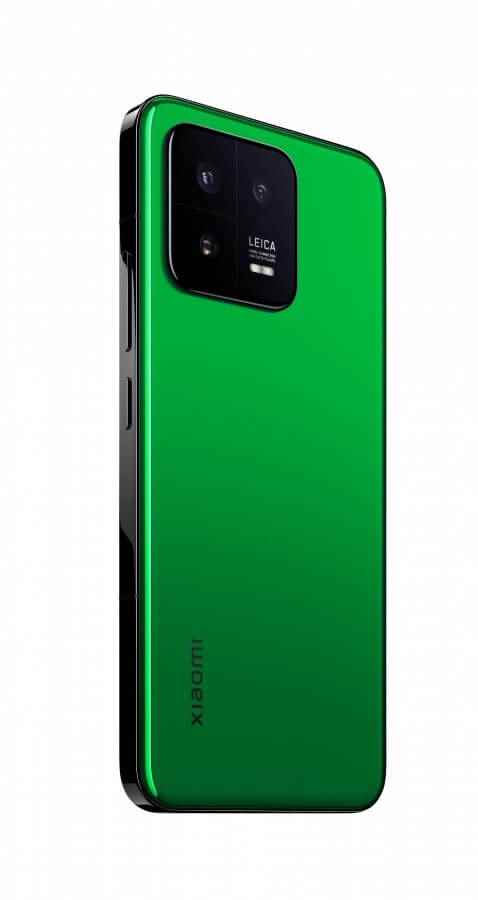
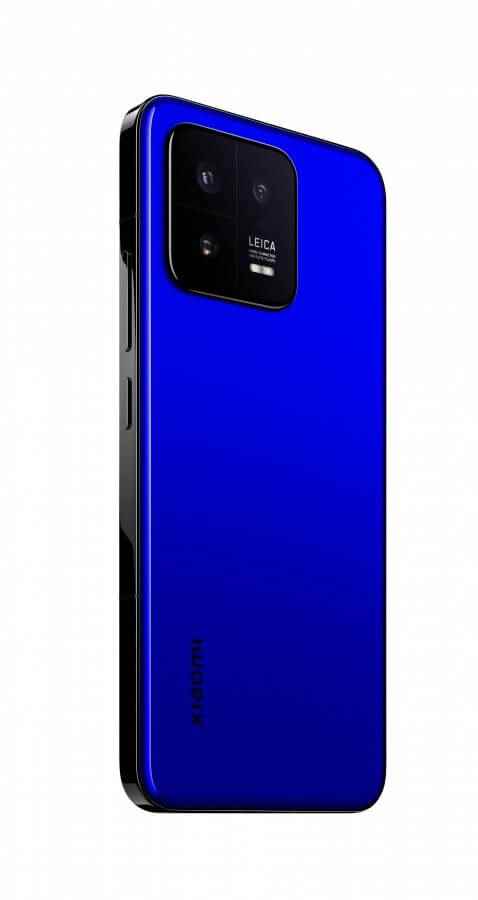
It’s worth remembering that both devices were launched in China, so other markets may have to wait a few months before seeing a release.
